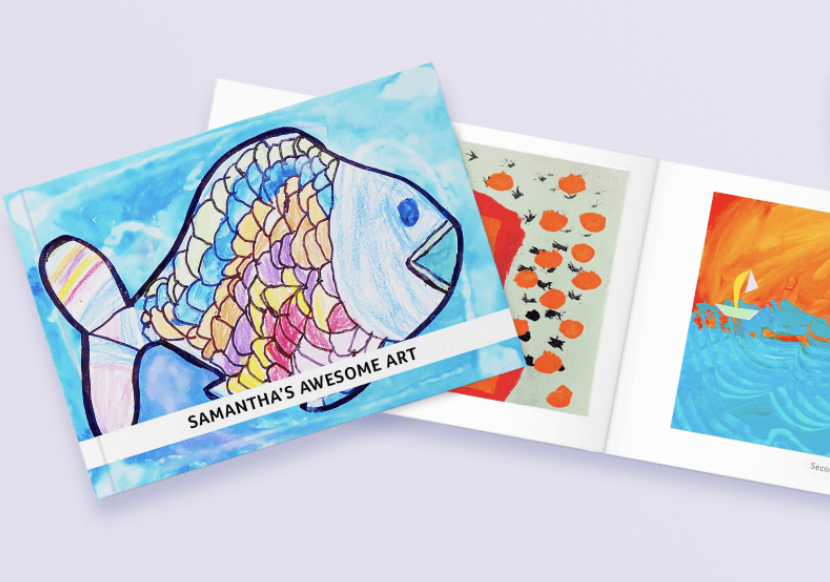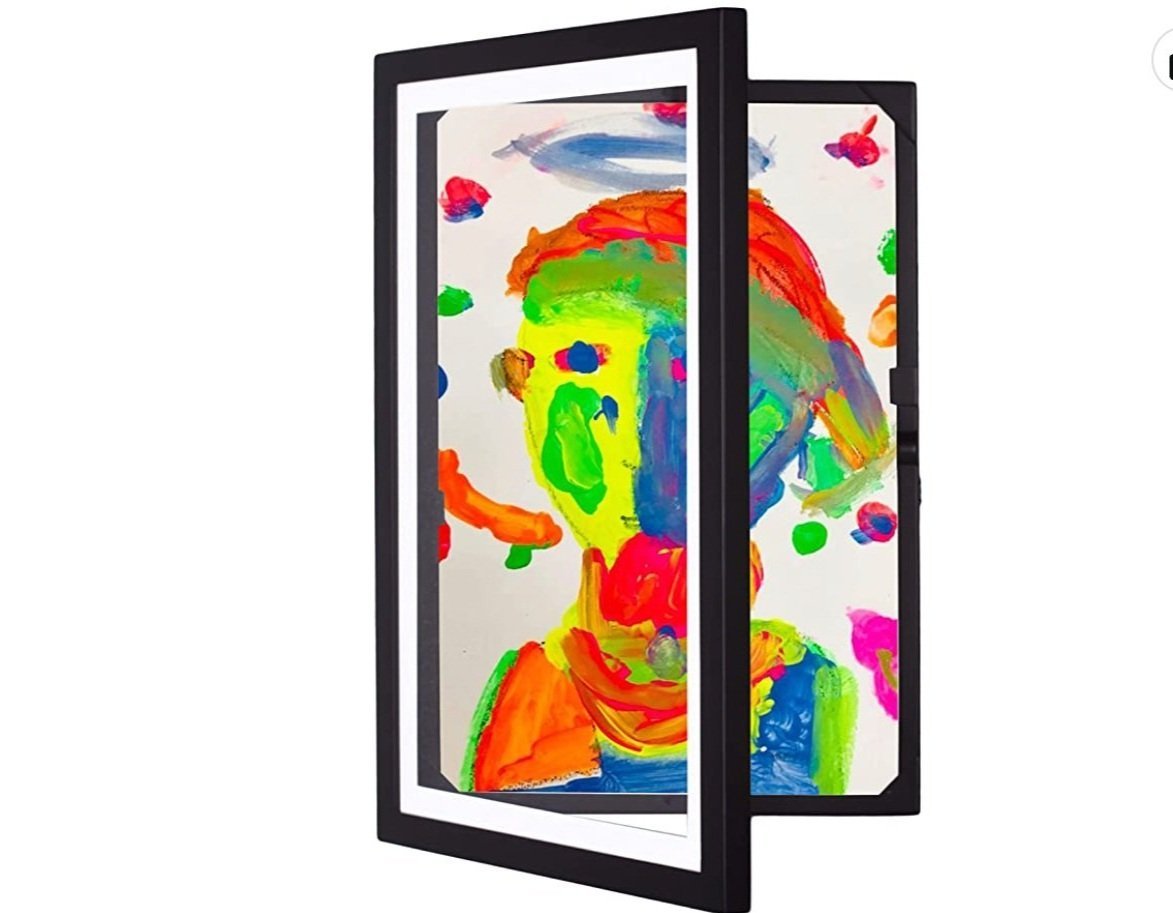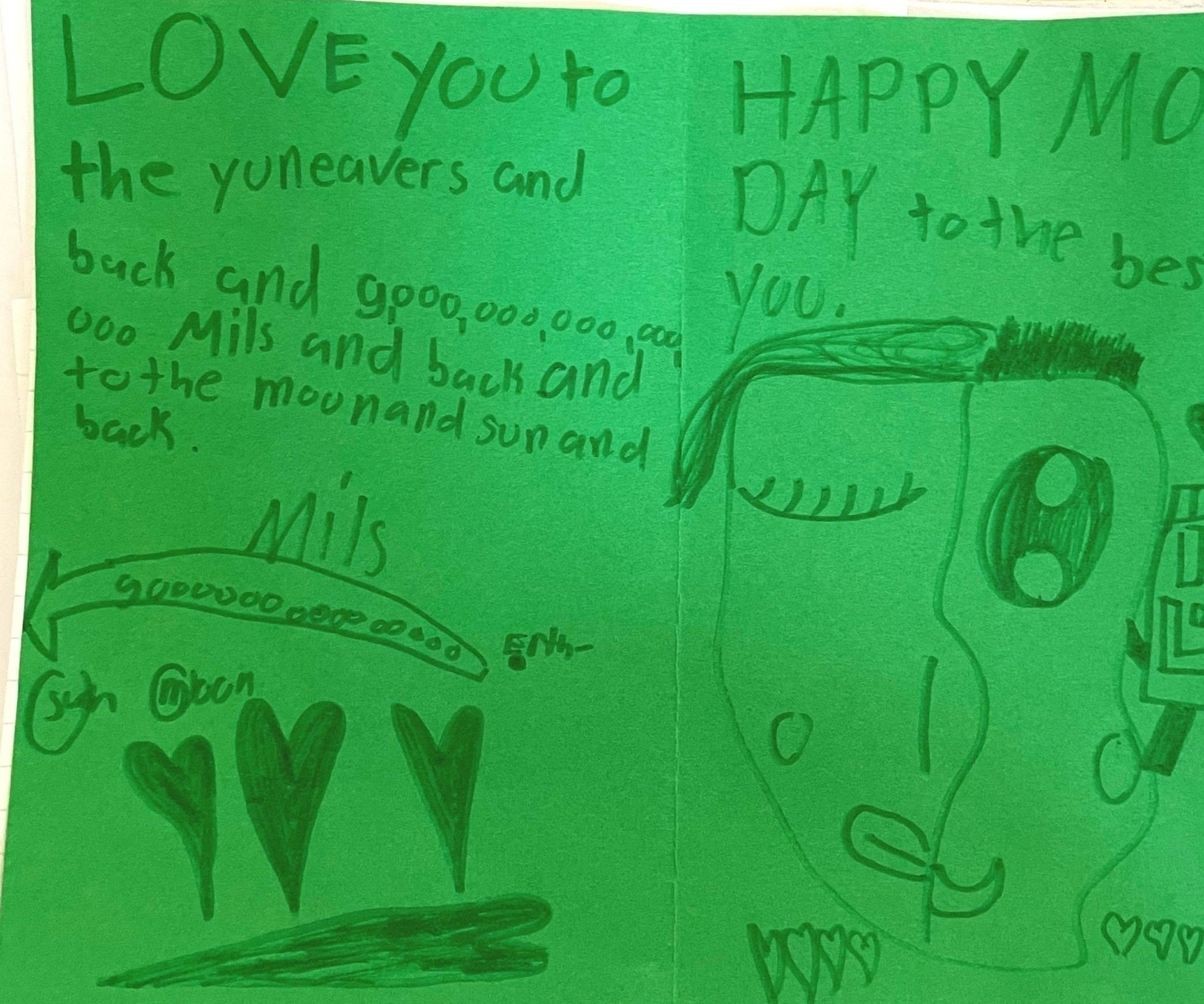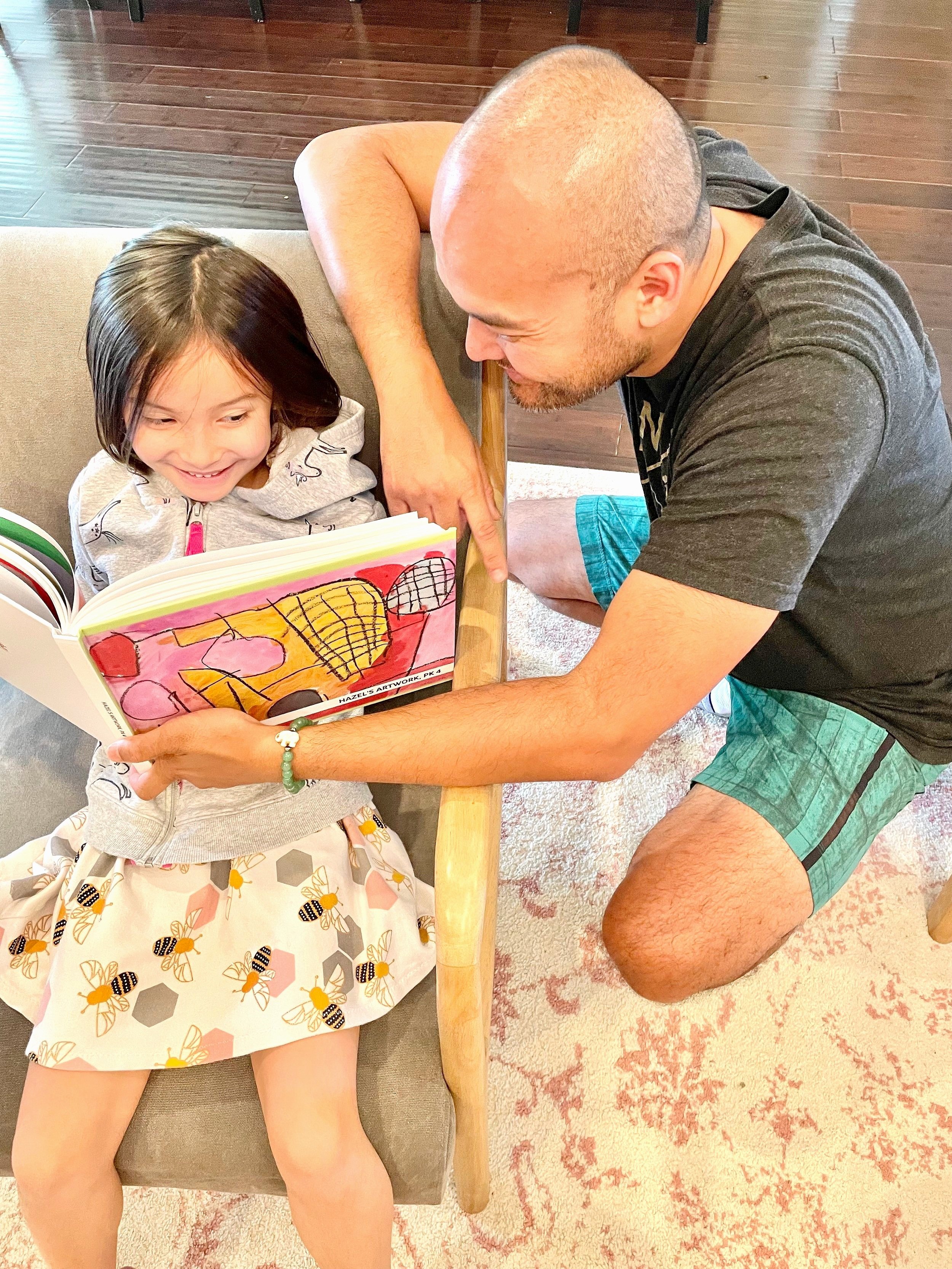Kid's Art Organization
Your child runs up to you enthusiastically after school, waving a proud piece of art.
Your child: “Look what I made for you today in class!”
You: “Let me see...did you make a turkey?”
Your child: “Yes! I made the body from a paper plate and colored some large popsicle sticks for the feathers. His name is Mr. Turkey.”
You: “Thank you! He looks amazing. Let’s find a home for Mr. Turkey.”
More times than not we find that our clients accumulate bins and bins and piles upon piles of their children’s artwork and become emotionally handicapped from doing anything with it. There is usually guilt about throwing it away or confusion on what to do with it if keeping it. Storing sentimental items in a bin for the future is ok, but when we are not enjoying at least a portion of these items, it is not respecting or enjoying the memories that they once gave us. We hope we can share some tips and advice on how to manage it all.
General Artwork Organizing
Keep things simple so that it will be an attainable goal that you can easily achieve. First, choose a bin that you can store the artwork in throughout the year and choose an easily accessible spot to place it. Every day, for any artwork that is made, you and your child can make a first cut and throw away any that you do not want to keep. Simply toss the rest in the bin. At the end of the school year, sit with your child and go through each piece and make a final decision together of what is going to stay and what is going to be let go. Lastly, choose a way in which you want to store and display your artwork.
Letting Go
Some parents have a hard time letting go of their child’s art and want to keep it all. Here are some questions they can ask themselves to help them make the right decision.
Will my children want any of this when they are older?
Why am I holding onto this?
Am I respecting and enjoying these pieces as I am currently storing them?
Are these items causing me stress rather than bringing me joy?
Lessons Learned
What can kids learn when you involve them in editing and organizing their art? Having your child work with you on editing their art will help them develop good organizational habits, as well as learn that it’s ok to let things go. Just because they don’t end up keep everything doesn’t mean that it’s not appreciated. In hindsight they will appreciate that the process of making the art is more important than the final piece. Remember, if everything is special, nothing is special. Keeping only a few select items will highlight their importance and really give you a chance to respect and honor them.
Final Artwork Organizing and Display
There are a few ways you can organize and/or display your child’s artwork. Try a few of the following:
Frame artwork the traditional way and hang it on the wall
Invest in a Li’l Davinci Art Frame, front-opening and holding up to 50 interchangeable pieces of artwork via a spring-loaded frame that can hang on the wall or be displayed tableside
Hang artwork with these Magnetic Teak Wood Frames, composed of two pairs of strips that securely grasp both top and bottom of artwork by way of inconspicuously embedded magnets
Allow the team at Artkive to transform volumes of artwork into a well-organized and presentable coffee table book or framed mosaic
Organize and label artwork into simple Stackable Storage Bins or Marie Kondo’s Zippered Accessory Pouches
Being presented with your child’s artwork is a precious gift any parent would cherish. Spend quality time with them to decide which will become keepsakes, and use our recommendations on organizing and artfully displaying them. A nice addition to organized artwork is to insert a class photo and report card along with them to remember your child’s growing years.
This post contains affiliate links. If you use these links to buy something we may earn a commission. Thanks!




